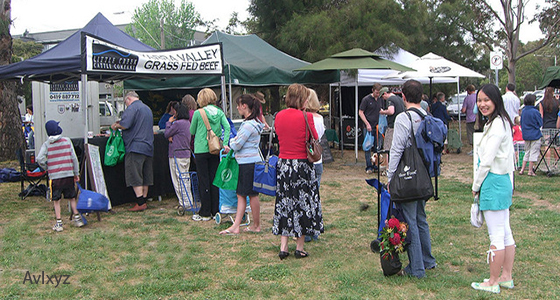Are your patrons asking for grass-fed beef?
 People line up to buy grass-fed beef at a farmers market (Avlxyz/Flickr)
People line up to buy grass-fed beef at a farmers market (Avlxyz/Flickr)
Through clear aggregated demand, hospitals have prompted a swift transition in the accessibility and affordability of meat raised without routine antibiotics. Next-stop: grass-fed beef. Grass-fed beef will outpace conventional beef in four years with an expected 189 percent growth rate, according to the National Restaurant Association.
Beef produced through grass-fed or regenerative grazing practices can be a systemic solution with benefits for human health, animal welfare, the environment, and farm profitability.
Over the course of the next year, Health Care Without Harm and The Piedmont Environmental Council will be working together on a project to assess market access for locally raised, grass-fed beef. To get started, Health Care Without Harm will conduct an assessment of the institutional demand for the product. The assessment will focus on the collection of information from hospitals, colleges, and universities in Maryland, Washington D.C., Virginia, and West Virginia.
The Virginia Piedmont is well suited for grazing operations and is home to many small and mid-scale beef farms. For decades, the Piedmont Environmental Council has worked closely with producers to support a transition to sustainable and cost-effective grazing practices.
If you are a health care facility in Virginia, DC, Maryland, or West Virginia, let us know if we can speak to you about your current purchasing of beef and your interest and capacity for purchasing local, grass-fed beef.
